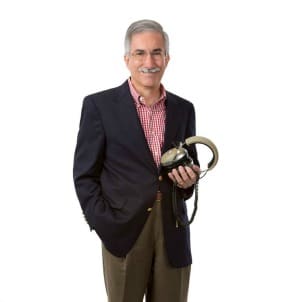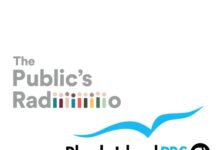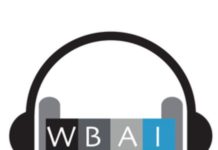
There is much good for AM broadcasters in the recently released AM revitalization order. Initially, it needs to be recognized that one of the most important AM revitalization options, the AM-only FM translator auction filing window, would not be a reality without the diligent efforts of the National Association of Broadcasters. Too often, the NAB is criticized, sometimes justly, for unduly focusing on television and large broadcasters to the detriment of smaller broadcasters. If the NAB had not vigorously intervened in this proceeding, there would not now be a planned AM-only FM translator auction filing window. Here are several of the changes to look for from the FCC’s 74-page document.
In addition to the very important 250-mile waiver (see next story), The FCC put forth a number of proposals in the AM revitalization order. Much to the chagrin of some AM broadcasters who had been lobbying for greater flexibility in locating an FM translator in the vicinity of an AM station, the FCC did not change in this order the requirement that the 60 dBì signal of an FM translator carrying an AM station not extend further than the AM station’s 2 mV/m contour or in excess of 25 miles from the AM station’s transmitter site. Rather, the FCC proposed in the future to extend the mileage limit to 40 miles. That change in the mileage limit to 40 miles, if it occurs, will not happen for many months, or possibly years, from now.
In a proposal that will be highly controversial and contentious, the FCC is proposing to diminish the protection standards for what are known as clear channel AM stations — those stations such as WABC, WLS, WKBW, WBZ, KOA, KAAY and others that many of us grew up listening to on skywave. The push for this change comes from daytime-only AM stations who have long pleaded for full-time authority.
This proposed change to AM clear channel protections will not only diminish or eliminate the distant reception of AM stations but will also increase interference across the AM band. It is possible that once most daytime-only stations acquire FM translators, the pressure for further breaking up the clear channel stations will ease, particularly if the addition of nighttime service to AM daytime-only stations will involve significant capital expenditures.
Along with reducing interference protections to clear channel stations, the FCC is proposing to change the methodology for calculating nighttime power limits (known as RSS calculation methodology), and change some of its daytime interference protections for Class B, Class C, and Class D AM stations. The changes proposed in many cases turn back the clock to the limits existing prior to 1991.
In a rule change that is likely to be largely non-controversial, the FCC is proposing to change proofs-of-performance and method-of-moment proofs procedures which will result in cost savings for AM stations. The FCC’s assessment of whether to make these rule changes will hinge on whether the proposed changes will continue to insure that AM directional patterns are rule and license compliant.
Finally, there is a proposal that is certain to evoke howls from the 25 or so existing expanded band stations that continue to operate a paired standard band station, but a yawn from most of the remainder of the broadcasting community. The FCC has proposed to impose a date-certain by which either the standard band or the expanded band AM station will be surrendered. As many of the paired standard band facilities are daytime-only and can never again be applied for, the benefit to the radio listening public is nil as the public will no longer be served by those stations once ordered to go dark. The FCC needs to balance its apparent internal angst regarding the continuing operation of these stations with the very real harm the elimination of these existing radio stations will inflict upon the public (full disclosure: I represent one of these paired standard band/expanded band stations).
The FCC, in a notice of inquiry as part of AM revitalization, asks about opening up the AM expanded band (the band between 1610 kHz and 1700 kHz) to more stations and using different technical standards in assigning stations to the expanded band. A notice of inquiry is different than a notice of proposed rule making in that the FCC is generally not making an explicit proposal but is merely asking questions. The same notice of inquiry asks whether AM stations in general should be afforded relaxed main studio requirements, both for location and staffing.
In conclusion, the AM revitalization changes that will have the most immediate and substantive effect upon AM broadcasters is the 250 mile waiver and the later AM-only FM translator auction window. The next thing to watch for concerning the 250 mile waiver will be some sort of public notice or advisory from the Media Bureau which will constitute the FCC-required outreach effort to Class C and Class D AM stations. That same public notice or advisory may also give a definitive opening date in early 2016 for the filing of FM translator modification applications under the 250 mile waiver. Meanwhile, the AM-only FM translator auction filing window is not expected to occur until 2017.
It is difficult to assess now what the overall effect will be from this AM revitalization order upon AM broadcasting. There will certainly be a flurry of both transactional and engineering activity from AM broadcasters seeking to acquire and move an FM translator to pair with the AM station. For the future, AM stations carried on FM translators may be a bridge to all-digital AM stations. Carriage in analog on an FM translator will allow an AM station to transition to all-digital AM transmissions once a sufficient base of HD receivers is in place, while continuing to serve the portion of its audience that does not have an HD radio receiver.








